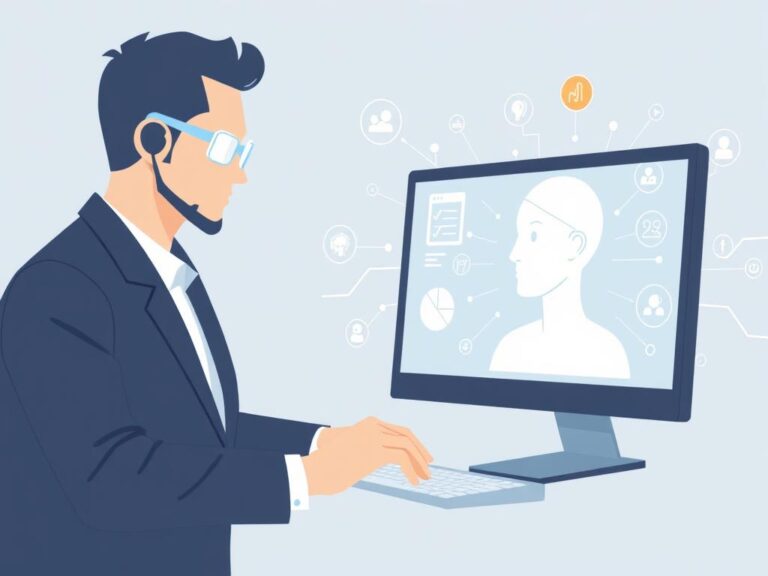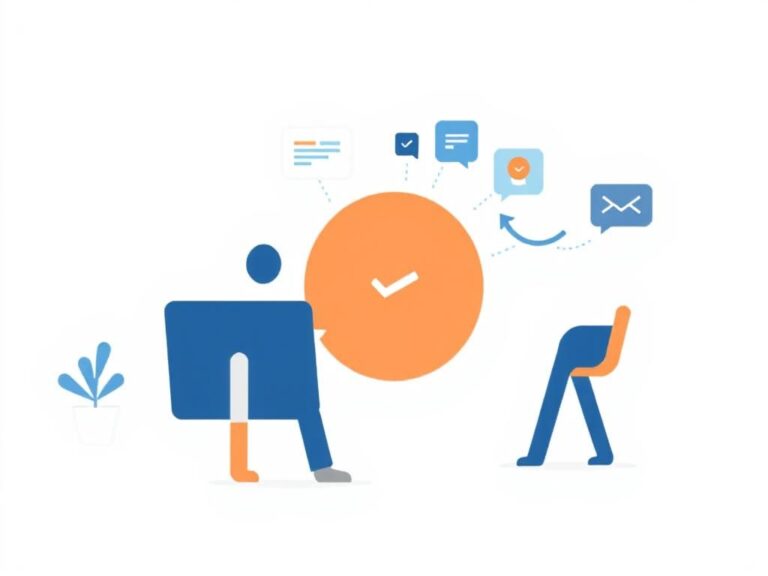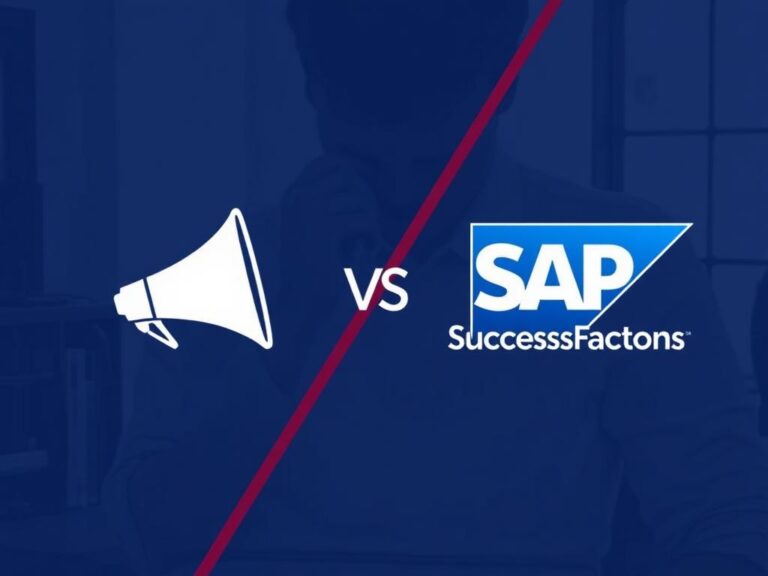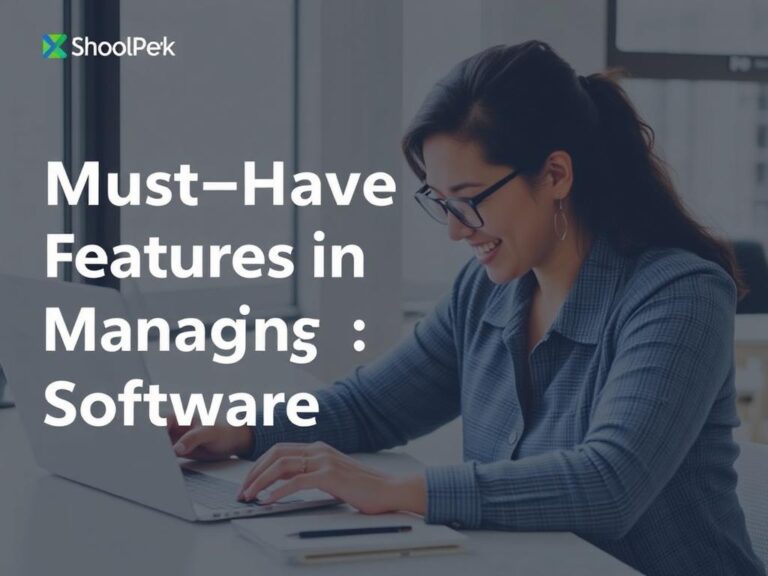Staffing Software vs. HRMS: What’s the Difference?
When it comes to managing talent and employee data, businesses often find themselves navigating a complex landscape of software tools. Two of the most talked-about solutions are staffing software and HRMS (Human Resource Management Systems). At a glance, these may seem similar since both aim to streamline workforce-related processes. However, their core functions, features, and target users differ significantly. Understanding the nuances between staffing software and HRMS is essential for organizations aiming to choose the right tool for their unique needs. So, what exactly separates these two systems? Let’s dive deep and unravel the differences step by step.
What is Staffing Software?
Staffing software is designed primarily for recruitment agencies, staffing firms, and HR teams focused on talent acquisition. Its main purpose is to streamline the hiring process, making it easier to source, track, and place candidates efficiently. This software helps recruiters manage job orders, candidate databases, and communication all in one place.
One of the standout features of staffing software is its candidate relationship management (CRM) capabilities. It enables recruiters to build and maintain relationships with candidates, track their application progress, and match job requirements with candidate skills. Many staffing software platforms also offer job board integrations, interview scheduling, and automated communication tools.
Key Features of Staffing Software
- Candidate Sourcing and Tracking: Tools to manage large pools of candidates in one system.
- Job Order Management: Centralizes job postings and client requests.
- Resume Parsing: Automatically extracts candidate details from resumes to save time.
- Interview Scheduling and Communication: Automates appointments and keeps candidates informed.
- Placement and Onboarding: Assists in tracking candidate status from hire to start date.
Because staffing software focuses heavily on recruitment workflows, it’s typically best suited for organizations whose primary goal is staffing and hiring, rather than overall human resource management. It’s especially useful in high-volume recruiting environments where efficiency and speed are paramount.
What is HRMS?

On the other hand, HRMS stands for Human Resource Management System, which is a comprehensive software suite designed to manage an organization’s entire employee lifecycle—from recruitment and onboarding to payroll, performance management, and benefits administration. Whereas staffing software zeroes in on recruitment, HRMS provides a bird’s-eye view of all HR functions.
An HRMS integrates various modules such as employee records, time and attendance, leave management, training, and talent management. It serves HR professionals by automating routine administrative tasks, helping with compliance, and providing analytics for better decision-making. Many modern HRMS solutions are cloud-based, offering improved accessibility and security.
Key Features of HRMS
- Employee Database Management: A centralized system for all employee information.
- Payroll and Benefits Administration: Automates salary calculations and benefits tracking.
- Time and Attendance Tracking: Records working hours and manages leave requests.
- Performance Management: Supports appraisals, goal setting, and feedback.
- Compliance Management: Helps ensure adherence to labor laws and company policies.
Unlike staffing software, HRMS is better suited for organizations looking to manage all aspects of their workforce internally. It provides a more holistic approach to HR management, catering not just to hiring but employee retention, development, and engagement.
Comparing Staffing Software and HRMS: A Table Overview
| Aspect | Staffing Software | HRMS |
|---|---|---|
| Primary Focus | Recruitment and placing candidates | Comprehensive employee management |
| User Base | Recruitment agencies, staffing firms, HR recruiters | HR departments, management, payroll teams |
| Core Features | Candidate sourcing, CRM, job order management | Payroll, time tracking, employee data, performance |
| Best For | Organizations focused on hiring volume and agency tasks | Businesses needing full employee lifecycle management |
| Integration Complexity | Often integrates with job boards and applicant tracking | Integrates with payroll, benefits, and compliance systems |
| Deployment | Cloud or on-premises, focused on recruiting | Mostly cloud-based for holistic HR functions |
When to Choose Staffing Software?
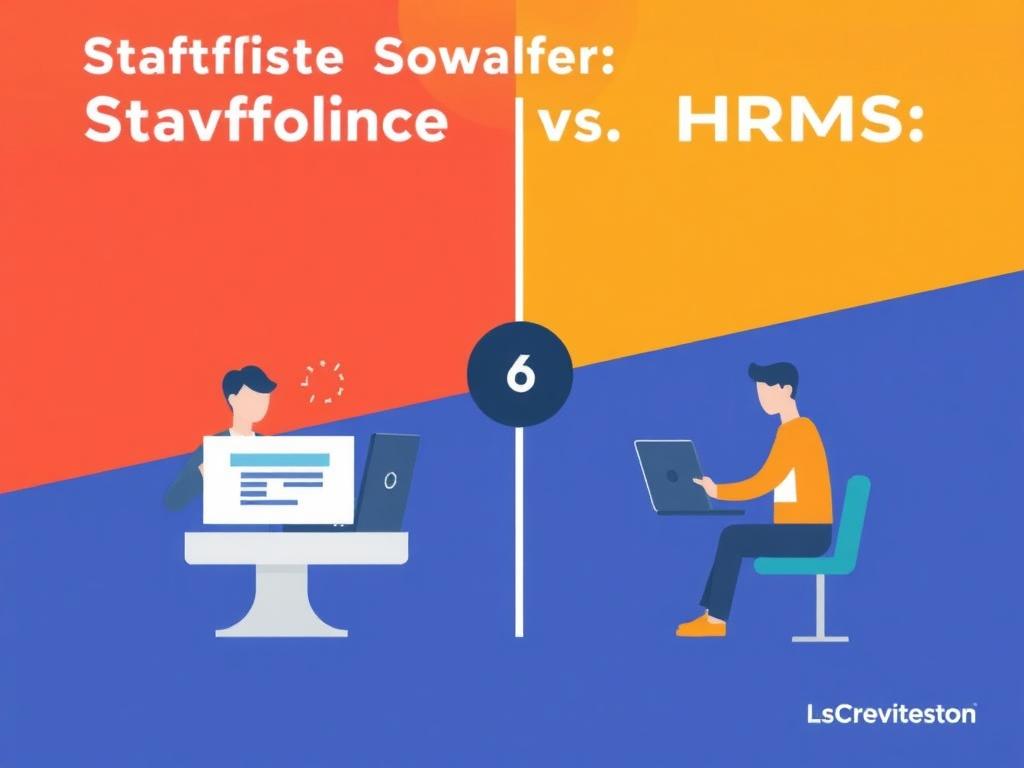
If your business is in the recruitment industry or requires a high-velocity hiring process, staffing software offers targeted solutions. Companies that rely heavily on building a talent pipeline, managing candidate communication, or need to fill roles rapidly will benefit from the specialized focus of these platforms.
Consider staffing software when:
- You need a CRM specifically for candidates and job orders.
- Your recruitment processes involve multiple temporary or contract workers.
- You want tools that simplify resume management and filtering.
- The primary pain point is inefficient candidate placement.
Staffing software reduces the time to hire and mitigates manual administrative work involved in recruitment. It can also improve client satisfaction for staffing agencies by maintaining strong candidate pools and tracking placements effectively.
When to Choose an HRMS?
On the flip side, organizations seeking an all-in-one HR tool that transcends recruitment will find HRMS indispensable. If your HR needs extend beyond hiring—into payroll, compliance, employee engagement, and talent development—HRMS suits better.
Opt for an HRMS if:
- Your company wants to centralize employee information and streamline HR processes.
- You need automated payroll and benefits management.
- Performance management, training, and career development are priorities.
- Maintaining compliance with labor regulations is critical.
Implementing an HRMS can improve organizational efficiency by reducing HR paperwork and providing data-driven insights to support workforce planning and employee retention strategies.
Can You Use Both Together?
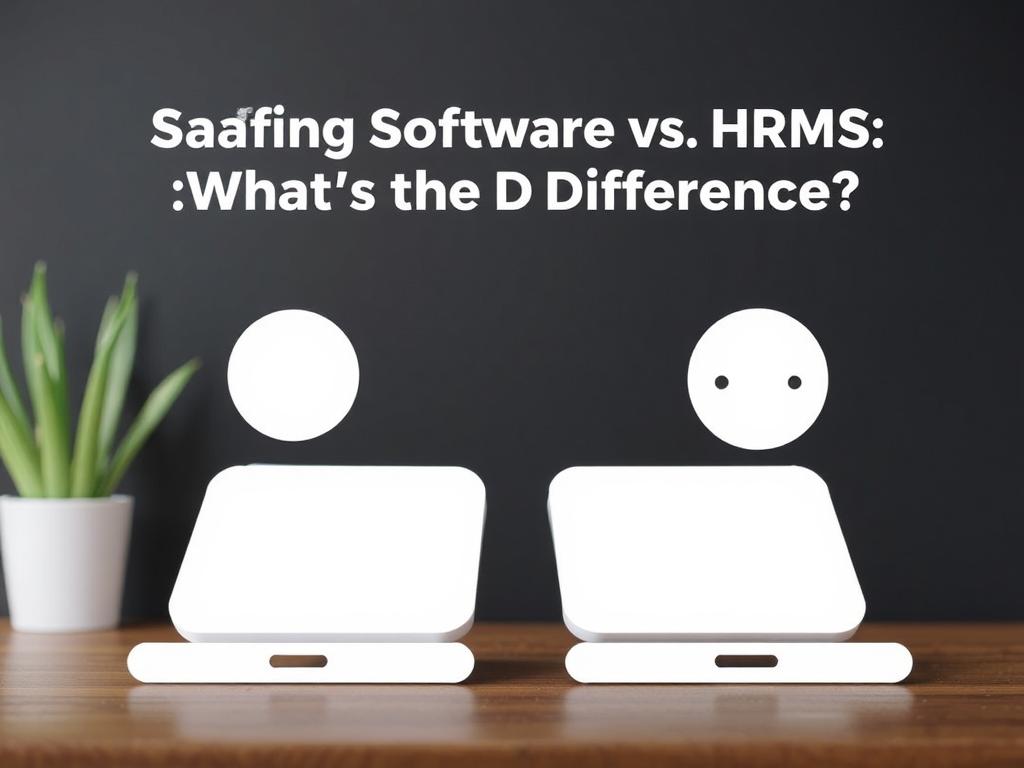
Many businesses leverage the power of both staffing software and HRMS simultaneously. There are options to integrate these systems, passing candidate data from recruitment into the full HRMS for ongoing workforce management. This dual approach can cater to the entire spectrum of human capital management, from talent acquisition to employee retention and development.
When integrating, it’s essential to ensure that data flows smoothly and that workflows complement each other. Integration might require APIs or middleware solutions but can significantly boost productivity and reduce duplication of efforts.
Final Thoughts on Staffing Software vs. HRMS
Choosing between staffing software and HRMS comes down to your organizational priorities. If hiring is your primary challenge and requires sophisticated candidate management tools, staffing software stands out as the ideal solution. Conversely, if your business needs a comprehensive system covering all employee-related processes, an HRMS is better suited for that role.
Both tools bring substantial benefits in terms of efficiency and accuracy. As workforce dynamics evolve, many companies will consider hybrid approaches to address their specific HR challenges. Understanding these differences helps you make informed decisions that align with your company’s growth and operational objectives.
Conclusion
Distinguishing staffing software from HRMS is critical for modern businesses striving to optimize their human resource functions. Staffing software zeroes in on recruitment, offering features tailored to streamline hiring and candidate placement. Meanwhile, HRMS covers the broad spectrum of HR management, supporting payroll, performance, attendance, and compliance needs. Depending on your company’s size, industry, and goals, either software might serve you best—or perhaps both integrated. By carefully assessing your workforce management needs, you can select the right solution to save time, reduce errors, and enhance employee satisfaction across the board.

